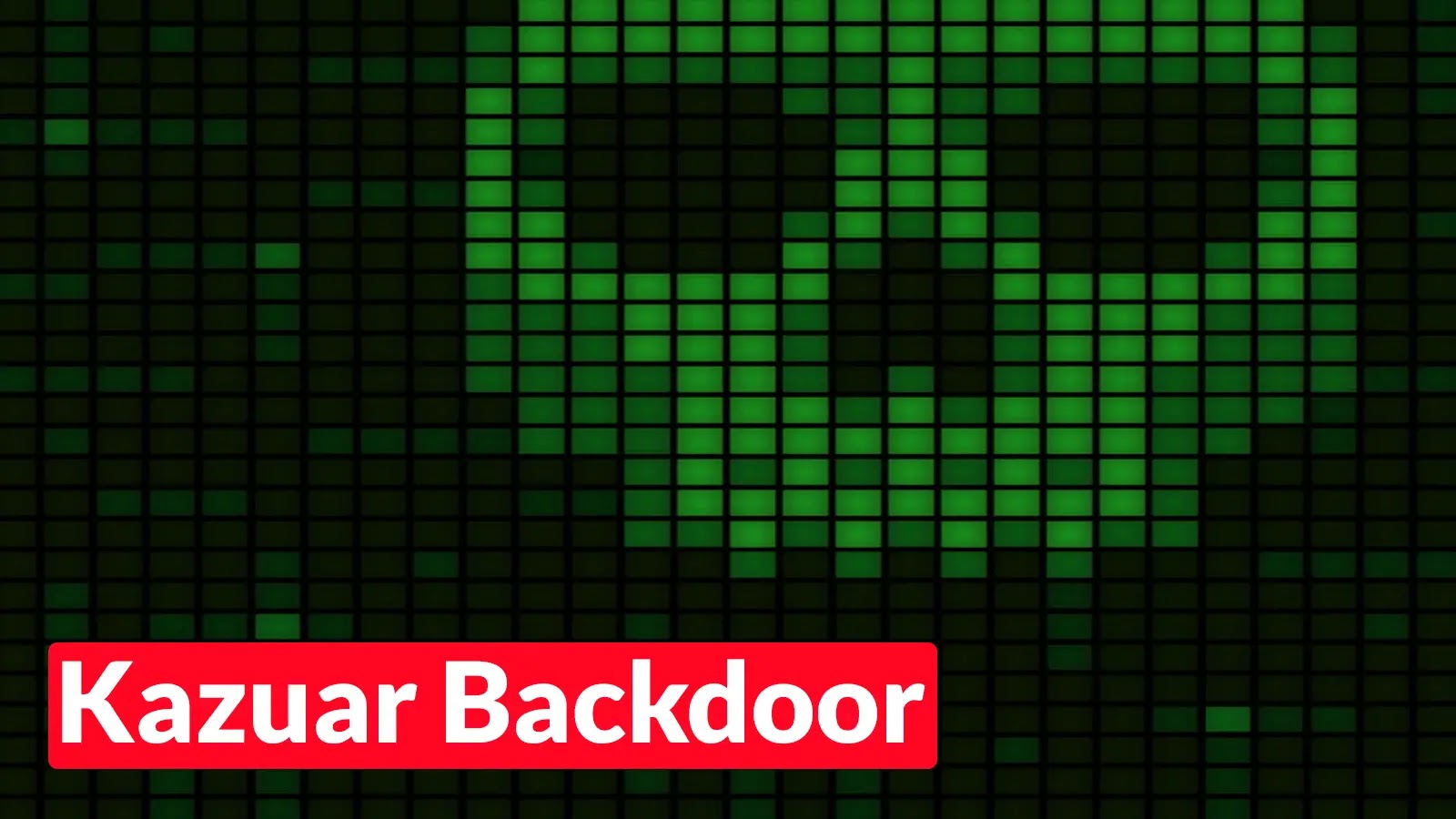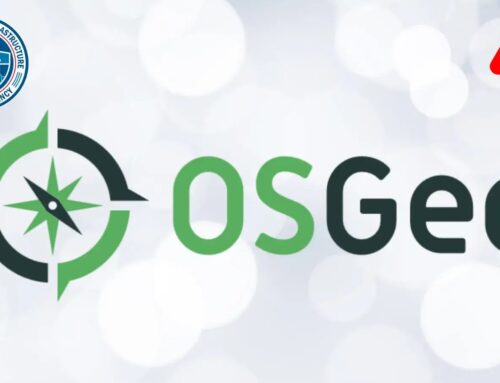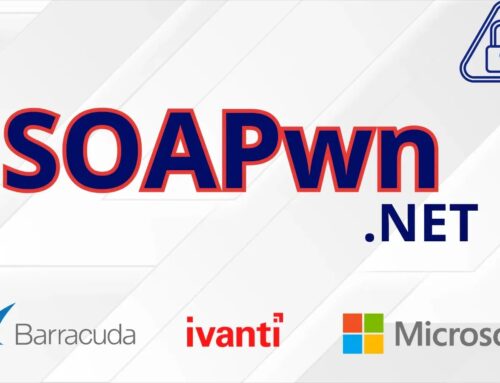
Russian Hacking Groups Gamaredon and Turla Attacking Organizations to Deploy Kazuar Backdoor
The landscape of cyber warfare is in constant flux, with threat actors continuously refining their tactics and forging new alliances. A recent, deeply concerning development observed in early 2025 by cybersecurity researchers highlights an unprecedented collaboration: two prominent Russian Advanced Persistent Threat (APT) groups, Gamaredon and Turla, joining forces to target Ukrainian organizations. This strategic partnership signifies a significant escalation in cyber operations, leveraging their distinct expertise to deploy the elusive Kazuar backdoor. Understanding this evolving threat is paramount for any organization involved in national security, critical infrastructure, or sensitive data management.
The Unholy Alliance: Gamaredon and Turla Combine Forces
Historically, Gamaredon (also known as Primitive Bear or Actinium) has been characterized by its relentless pursuit of initial access through widespread, often unsophisticated, spear-phishing campaigns. Their targets frequently include Ukrainian government entities and critical infrastructure sectors. Their modus operandi relies on volume and persistence, often using readily available tools to establish a foothold.
In stark contrast, Turla (also known as Snake, Uroburos, or Venomous Bear) operates with far greater stealth and sophistication. This high-value cyberespionage group specializes in crafting advanced, custom implants and maintaining persistent access to highly valuable targets, often employing complex infection chains and obfuscation techniques. Turla’s operations are usually characterized by their precision and focus on long-term intelligence gathering.
The collaboration between these two groups represents a strategic force multiplier. Gamaredon, with its proven ability to achieve initial access at scale, acts as the breaching force. Once Gamaredon establishes a presence, Turla can then leverage this initial access to deploy its more advanced toolset, including the Kazuar backdoor, into high-priority targets that might otherwise be beyond Gamaredon’s typical reach or technical capability. This division of labor allows Turla to conserve its sophisticated resources for deeper penetration and exploitation, while Gamaredon paves the way.
Kazuar Backdoor: Turla’s Stealthy Payload
The Kazuar backdoor is a sophisticated, highly modular .NET-based malware tool attributed to the Turla group. Its design reflects Turla’s focus on stealth, persistence, and data exfiltration. While the specific CVE associated with Kazuar’s initial deployment mechanism in this joint operation is not publicly disclosed, its characteristics suggest a multi-stage infection process facilitated by Gamaredon’s initial compromise.
Kazuar’s capabilities typically include, but are not limited to:
- Remote Code Execution: Allowing attackers to execute arbitrary commands on the compromised system.
- File Management: Uploading, downloading, and manipulating files from the target machine.
- Information Gathering: Collecting system information, user credentials, and sensitive documents.
- Persistence Mechanisms: Establishing various methods to maintain access even after system reboots.
- Stealth and Evasion: Employing obfuscation, anti-analysis techniques, and encrypted communication channels to avoid detection.
The deployment of Kazuar by Turla, facilitated by Gamaredon’s initial access, underscores a dangerous trend: nation-state actors combining their unique skill sets to achieve more impactful and widespread cyber objectives. This collaborative model makes attribution and defense more challenging, as the initial attack vector might appear less sophisticated while the ultimate payload is highly advanced.
Remediation Actions and Defensive Strategies
Organizations, particularly those in critical sectors or with ties to geopolitical interests, must bolster their defenses against this evolved threat. Mitigating the risk from sophisticated groups like Gamaredon and Turla, especially when they collaborate, requires a multi-layered approach.
- Enhanced Email Security: Implement robust anti-phishing solutions, including sandboxing, URL rewriting, and email authentication (SPF, DKIM, DMARC). Educate users extensively on identifying and reporting suspicious emails, as spear-phishing remains Gamaredon’s primary initial access vector.
- Endpoint Detection and Response (EDR): Deploy advanced EDR solutions capable of detecting anomalous behavior, fileless malware, and signs of lateral movement. Configure EDR to flag suspicious process trees and network connections.
- Network Segmentation: Isolate critical systems and sensitive data from less secure parts of the network. This limits the ability of attackers, even after initial compromise, to move freely and access high-value assets.
- Regular Patch Management: Keep all operating systems, applications, and network devices fully patched to remediate known vulnerabilities. While the Kazuar backdoor itself might not exploit a specific CVE for initial access, unpatched systems offer easier entry points for Gamaredon’s toolkit.
- Strong Authentication and Access Control: Enforce Multi-Factor Authentication (MFA) for all services, especially remote access and privileged accounts. Implement the principle of least privilege, ensuring users and systems only have access to resources absolutely necessary for their function.
- Threat Intelligence Integration: Subscribe to and actively integrate threat intelligence feeds regarding APT groups like Gamaredon and Turla. This includes indicators of compromise (IOCs) such as known C2 infrastructure, malware hashes, and TTPs.
- Incident Response Planning: Develop and regularly test a comprehensive incident response plan. This ensures a coordinated and effective response should a compromise occur, minimizing damage and recovery time.
Effective Tools for Defense and Detection
To aid in the detection and mitigation of threats posed by groups like Gamaredon and Turla using backdoors such as Kazuar, several tools can be highly effective:
| Tool Name | Purpose | Link |
|---|---|---|
| Microsoft Defender for Endpoint | Advanced EDR capabilities, behavioral analysis, and threat intelligence integration. | https://www.microsoft.com/en-us/security/business/microsoft-defender-for-endpoint |
| CrowdStrike Falcon Insight XDR | Comprehensive XDR platform for endpoint protection, threat hunting, and incident response. | https://www.crowdstrike.com/products/endpoint-security/falcon-insight-xdr/ |
| Splunk Enterprise Security | SIEM for logging, correlation, and alerts based on TTPs and IOCs. | https://www.splunk.com/en_us/products/security/enterprise-security.html |
| Palo Alto Networks WildFire | Cloud-based threat analysis service for identifying and preventing unknown threats, including advanced malware. | https://www.paloaltonetworks.com/network-security/wildfire |
| SANS Cyber Defense Resources | Educational resources for building robust defensive capabilities and keeping up with evolving threats. | https://www.sans.org/cyber-defense/ |
Key Takeaways and Future Implications
The observed partnership between Gamaredon and Turla, culminating in the deployment of the Kazuar backdoor against Ukrainian organizations, marks a critical inflection point in the cyber threat landscape. This collaboration signifies a strategic shift by Russian APT groups, moving towards a more integrated and sophisticated approach to cyber operations. It allows them to combine the broad initial access capabilities of groups like Gamaredon with the high-end espionage and persistence skills of Turla.
For cybersecurity professionals, this development underscores the urgent need to move beyond siloed threat analysis and embrace a holistic defense strategy. Organizations must harden their perimeters, enhance internal detection capabilities, and prioritize robust incident response planning. The coordinated efforts of these advanced persistent threats demand an equally coordinated and resilient defense.





